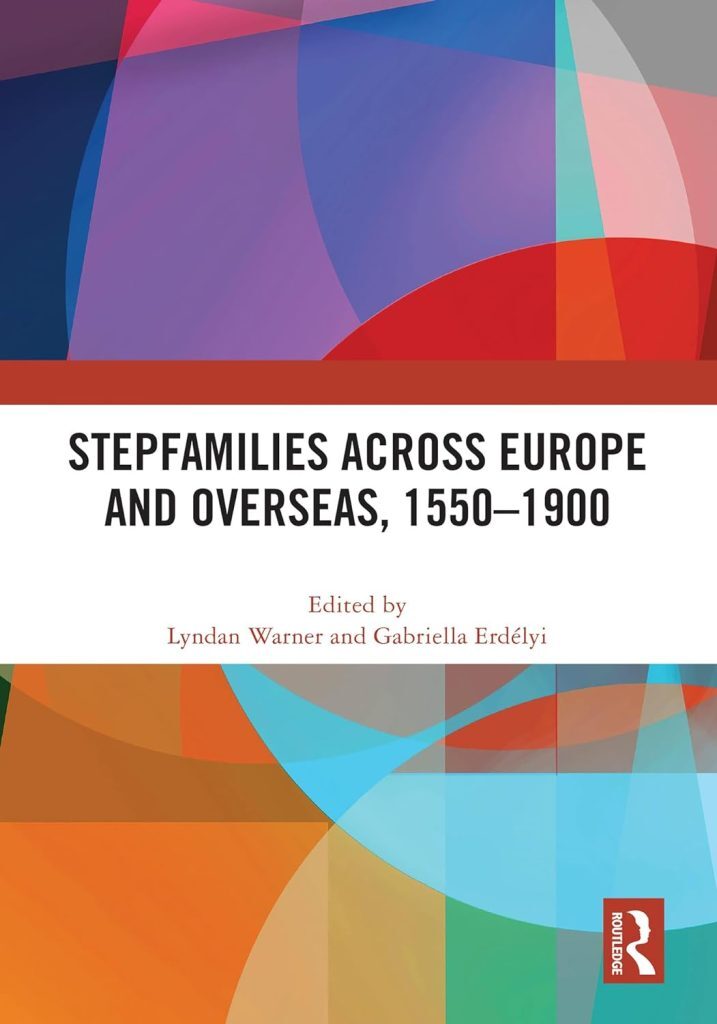Stepfamilies across Europe and overseas 1550-1900 is the third volume of the Momentum “Integrating Families” Research Group's published by Routledge, which emphasizes diverse perspectives on the new and expanding history of stepfamilies in Europe and some of its overseas territories from 1550 to 1900.

The chapters examine the life stages within stepfamilies from the half-orphans and illegitimate children who experienced the introduction of a stepparent to how parent–child and step or half-sibling relationships shifted and changed with living arrangements and mobility within villages or to towns and overseas. Several historical demography chapters establish the frequency and types of stepfamilies in Western and East Central Europe – whether a father-stepmother couple, a mother-stepfather union, a parent with an illegitimate child. Other themes include the effect of parental loss on child survival; how a stepparent influenced a child’s wellbeing with caregiving and contributions to the household economy; emotional bonds through letters and gift-giving; step–relatives who marry their close kin; and how property and inheritance regimes shaped stepfamily patterns.

